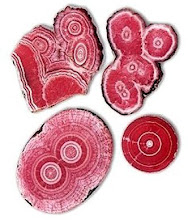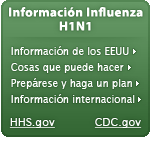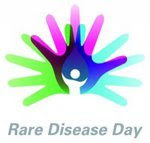Clin Cardiol. 2012;35(7):424-9. doi: 10.1002/clc.21980. Epub 2012 Mar 20.
Comparison of the Prognostic Value of Peak Creatine Kinase-MB and Troponin Levels Among Patients With Acute Myocardial Infarction: A Report from the Acute Coronary Treatment and Intervention Outcomes Network Registry-Get With The Guidelines.
Source
Duke Clinical Research Institute, Duke University Medical Center, Durham, North Carolina; Department of Cardiology, National Heart Centre Singapore, Singapore.Abstract
BACKGROUND:
Although peak creatine kinase-myocardial band (CK-MB) and troponin levels have been correlated with mortality among patients with acute myocardial infarction (AMI), the independent prognostic implications of these markers have not been compared.HYPOTHESIS:
We hypothesized that in patients with AMI, peak troponin levels (as compared to peak CK-MB levels) would have greater prognostic value.METHODS:
We examined AMI patients in the National Cardiovascular Data Registry ACTION Registry-GWTG (Acute Coronary Treatment and Intervention Outcomes Network Registry-Get With The Guidelines) with CK-MB and troponin I levels recorded, excluding patients who were transferred in or out. Peak marker levels, standardized by the local laboratory upper limit of normal and assay standard deviation, were fitted into the previously validated ACTION Registry-GWTG mortality model to compare prognostic value.RESULTS:
Between January 2007 and March 2009, 16 009 ST-segment elevation myocardial infarction (STEMI) and 26854 non-ST-segment elevation myocardial infarction (NSTEMI) patients were identified. Peak marker ratios were directly associated with in-hospital mortality in both STEMI and NSTEMI patients. Peak CK-MB had slightly greater discrimination compared with peak troponin I in predicting mortality in both STEMI (model C-statistic 0.881 vs 0.877, P = 0.011) and NSTEMI (C-statistic 0.831 vs 0.824, P = 0.001) patients.CONCLUSIONS:
Both peak CK-MB and peak troponin I levels are independently associated with in-hospital mortality in this large contemporary database of AMI patients treated in routine practice. Peak marker values slightly improved model performance in prognosticating in-hospital mortality; the incremental value was higher with CK-MB than with troponin I. These findings may help to guide future risk stratification algorithms and contribute to more efficient use of serial cardiac marker measurements in clinical practice. Clin. Cardiol. 2011 DOI: 10.1002/clc.21980 This project was supported by grant number U18HS016964 from the Agency for Healthcare Research and Quality (AHRQ). The content is solely the responsibility of the authors and does not necessarily represent the official views of the AHRQ. The funding source had no role in the design or implementation of the study, or in the decision to seek publication. The authors have no other funding, financial relationships, or conflicts of interest to disclose.© 2012 Wiley Periodicals, Inc.
- PMID:
- 22434769
- [PubMed - in process]






















.png)











No hay comentarios:
Publicar un comentario